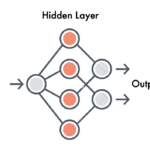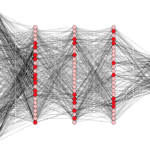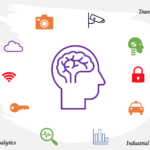The rise of Artificial Intelligence (AI), Big Data, and new advancements in Machine learning in diverse applications such as image recognition, neural network, speech recognition, natural language processing (NLP), computer vision, object detection have accelerated the growth of Artificial Intelligence that now, what used to be science fiction is a scientific fact.
This article will explain what is exactly Machine learning and Artificial Intelligence and how we can harness the power of both to improve the world around us.
Introduction to Machine Learning
The interest and the breakthroughs in Artificial Intelligence, especially in Machine learning, have multiplied and bloomed exponentially since the 2000s. Machine learning is a method of data analysis that automates analytical model building.
It is a technology branch that allows computer systems to learn from vast amounts of data, identify patterns within images and text, and make statistical decisions with minimal human intervention.
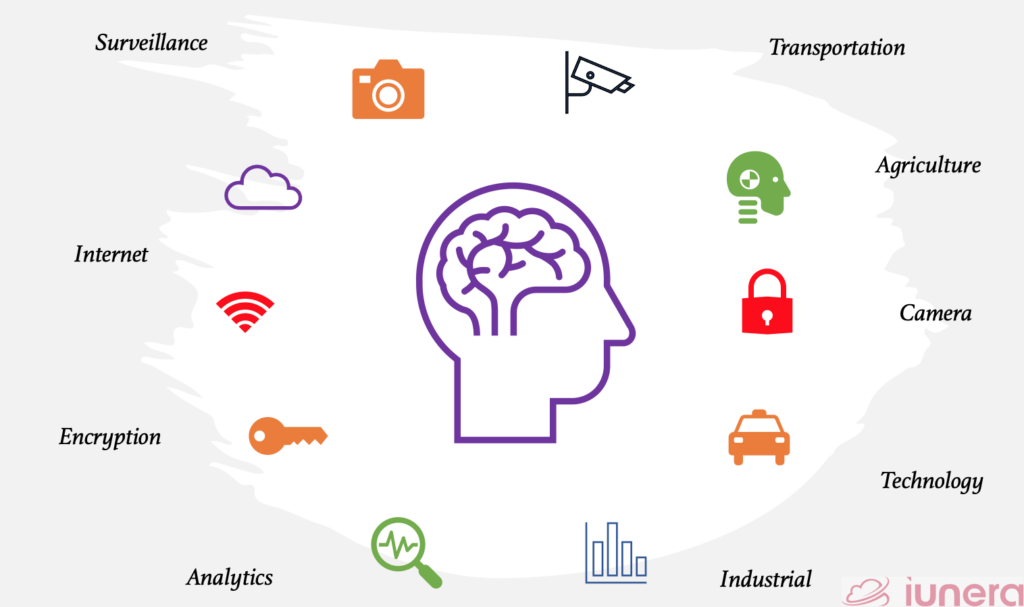
At its most basic, Machine learning uses pre-programmed algorithms that receive and analyze input data to predict output values within an acceptable range.
As new data is fed to these algorithms, they learn and optimize their operations to improve performance, developing intelligence over time.
Key research in natural language processing, conversational AI, computer vision, reinforcement learning, and AI ethics drive the growth and exposure of AI
Machine learning powers almost all the social media applications nowadays from YouTube, Google, Facebook, Instagram, Baidu, Twitter, etc.
Even voice assistants like Siri, Google Assistant, and Alexa are powered through Machine learning particularly in NLP and Speech Recognition.
The branch of Machine learning is huge, but it all started small, and understanding the fundamentals is equally important to know what is happening behind the curtains truly.
Further on, the article will describe some of the fundamentals behind Machine learning including different learning types, fundamental algorithms, neural networks, deep learning, and applications of Machine learning in the 21st century.
Data Science
On the other hand of the spectrum, Data Science is a popular field that harnesses the power of data and the capabilities of Machine learning to find intelligence in the data. Data Scientists utilize the data within an enterprise and support the business units in their decisions and plannings with actionable solid data foundations.
Data Science is all about applying algorithms to learn patterns in data. The article below summarises what are the essential data science techniques and methods used nowadays.
What is a Neural Network
Nowadays, Artificial Intelligence is often used as a synonym for Machine Learning. In layman’s terms, it means to train a Neural Network model to perform certain predictions by using specific algorithms.
Neural networks are basically complex mathematical models that use learning algorithms inspired by the brain to store information. Since neural networks are used in machines, they are collectively called an ‘Artificial Neural Network’ or ANN for short.
The Neural Network model is trained on a sample dataset, and once it has been trained, the model can be used for prediction, recognition, etc. A Neural Network has 3 layers:
Input Layer
Passive layers that relay the same information from a single node to multiple outputs. This is the first point of entry for the Neural Network.
Hidden Layer
Performs mathematical computations on the inputs and produces a net input which is then applied with activation functions to produce the output. Usually, this layer is treated as a black box as it is made up of many different smaller neuronal layers where computations happen.
Output Layer
Coalesces and concretely produces the output result from the complex computations from the previous layers.
Convolutional Neural Network
When it comes to using Neural Networks, Convolutional Neural Network (ConvNets or CNNs), has a different way of operating. A CNN is a type of Deep Learning architecture which are most commonly used to recognize an image and learn hidden patterns given a particular input. CNN is also one of the most popular Deep Learning algorithms used for image-related applications.
The secret for their success lies in their carefully designed architecture capable of considering the local and global characteristics of the input data. CNN’s have been proven across several research areas to be immensely successful and have recently been applied in psychiatry and neurology fields to investigate brain disorders.
Neural Network and CNN’s rapid advancements make trivial problems such as classifications so much easier and faster to compute.
In September 2002, a newly developed Neural Network architecture called AlexNet managed to classify 1.2 million high-resolution images with 1000 different classes by training a deep convolutional neural network.

Advancements as such make it so much easier to perform classification and many other problems that we face or are facing. Recently, there is an article whereby Sentiment Analysis algorithm is used on popular social media sites such as Facebook, Instagram and Twitter to analyze hashtags, posts, tweets, and so on to identify the overall manifestations or sentiments of the users on how they feel about COVID 19 in general. This will allow researchers to understand the overall feeling of the population in that particular state or country.
Supervised Learning
If you’re learning a task under supervision, someone is present, judging whether you’re getting the right answer. Supervised learning is very similar to that. During the supervised learning training process, a fully labeled dataset is used as the training dataset into the Neural Network.
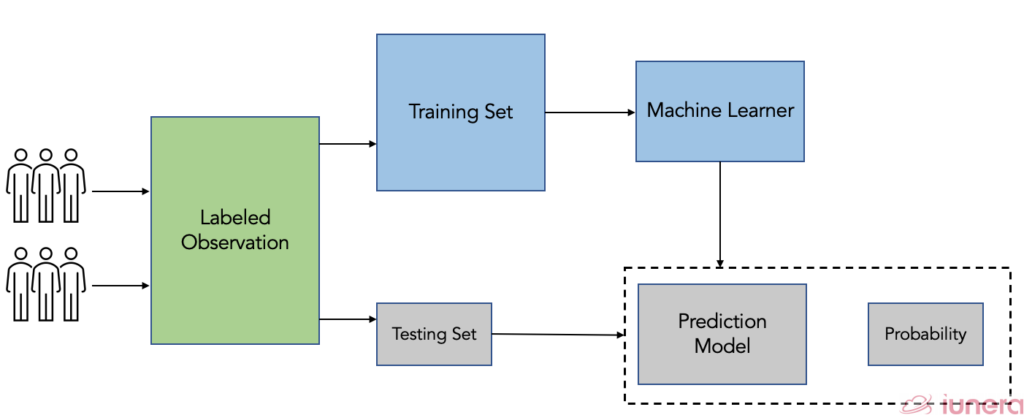
One example is to use Machine Learning to mine patterns and features of which customer groups are willing to buy products for a higher price. For a supervised learning algorithm, there are 2 main areas where this could be applied in Machine Learning – Classification and Regression problems.
Classification
In Machine Learning, Classification is one of the Machine Learning domains that help assign a class label to an input. Classification problems ask the algorithm to predict a discrete value, identifying the input data as the member of a particular class or group.

Just imagine the following: When given an image of a cat, classification algorithms make it possible for the computer model to accurately identify with a certain level of confidence that the image is a cat. The input data for classification with machine learning can range from text, images, documents to time-series data.
Noble classifications algorithms make it possible to perform this. Below listed are some of the popular ones that are commonly used in the industry and researchers in the application:
- Decision Trees
- k Nearest Neighbour (k-NN)
- Artificial Neural Networks (ANN)
- Support Vector Machines (SVM)
- Random Forest
Regression
On the other hand, regression looks at patterns of data points and predicts future data. An example is time-series data. Time-series data is simply a set of ordered data points with respect to time.
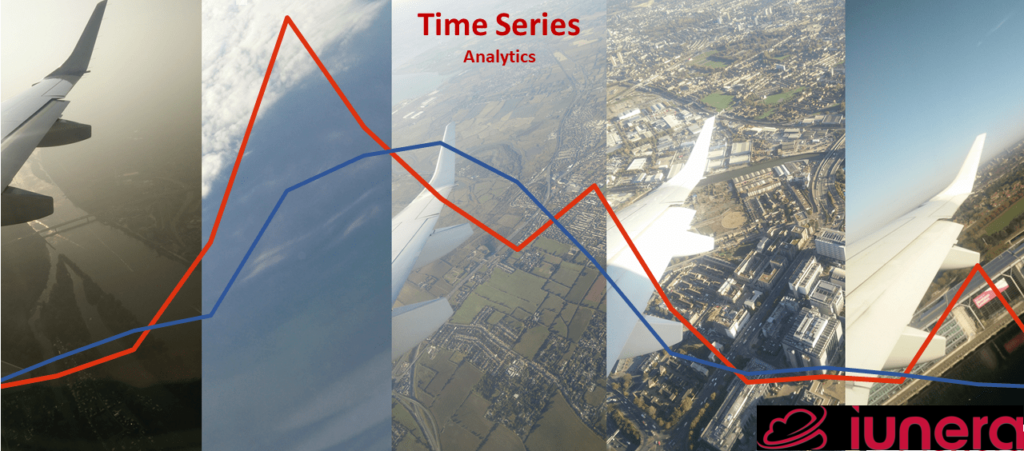
The analysis is comprised of different algorithms or methods used to extract certain statistical information and characteristics of data, in order to predict the future values based on stored past time-series data
“Prediction is truly very difficult, especially if it’s about the unknown future.”
– Nils Bohr, Nobel laureate in Physics
Unsupervised Learning
Unsupervised learning is a Machine Learning technique in which the users do not need to supervise the model.
Instead, it allows the model to work independently to discover patterns and information that was previously undetected as it mainly deals with the unlabelled data.

Unsupervised learning allows users to perform more complicated tasks compared to supervised learning. A couple of algorithms are used in unsupervised learning, such as clustering, partitioning, agglomerative, overlapping, and probabilistic decision. In clustering, k means clustering is one of the methods popularly used in unsupervised machine learning.
“What AI and Machine Learning allows you to do is find the needle in the haystack.”
~Bob Work
A practical example of such clusters can be person mining. Thereby, an algorithm can group customer’s data points (e.g. age, buying time, country, products, price) into clusters with similar behaviours. The knowlege from these clusters can then be used to refine personalized offers.
Machine Learning vs Neural Networks
When solving a Machine learning problem, it is generally recommended to break the problem down into different parts, solve them individually and combine them to get the result. During this process, different aspects related to the problem must be researched.
For example, how much data do we have and what kinds of data are we provided? In most cases, traditional Machine learning algorithms like Random Forest and Support Vector Machines require fewer data to make a prediction.

On the other hand, neural network requires a large number of input data if compared to Support Vector Machines. The more data that is fed into the network, it will better generalise and accurately make predictions with fewer errors.
Engineers and researchers must be able to decide if traditional algorithms stated above are sufficient to solve the problems that they are facing or a more complex architecture like the neural networks are required. There is often a trade-off between these two.
What is Deep Learning?
Deep Learning is currently a big, growing branch of Machine Learning and Artificial Intelligence mostly related to image processing and recognition.
“Deep learning is a subset of AI and Machine learning that uses multi-layered artificial neural networks to deliver state-of-the-art accuracy in tasks such as object detection, speech recognition, language translation, and others.”
NVIDIA
Deep learning is currently a huge trend, also in Data Science. Thereby different types of artificial neural networks are trained with huge amounts of data. Thereby, these neural networks can be used for unsupervised and supervised learning.
Deep learning vastly differs from traditional Machine Learning techniques. They can automatically learn subtle features and patterns from data, text, video, images, and audio without the rules of humans applied.
Deep learning is commonly used across apps in computer vision and recommendation systems. Computer vision harnesses the power of deep learning to find patterns within the imagery with the help of Convolutional Neural Network (CNN). On the other hand, recommendation systems use images, language, and users’ interests to offer meaningful and relevant search results and services.
Applications of Machine Learning
Machine learning nowadays is more of just a buzzword, actually. Some several industries and domains are harnessing the power of Machine learning to aid them in their system. Below listed are some of the most trending real-world applications of Machine learning:

Image recognition is really one of the most common applications of Machine learning. It is used to identify objects, persons, places, digital images, and items. Image recognition has entered the mainstream and is used by thousands of companies and millions of consumers every day. Convolutional Neural Networks are the main architecture that is used in the image recognition process.

Speech recognition is an interdisciplinary subfield of computer science and computational linguistics that develops methodologies and technologies that enable the recognition and translation of spoken language into text by computers.
It is also known as automatic speech recognition (ASR), computer speech recognition where it incorporates knowledge and research in computer science and linguistics.

In simple terms, a Recommendation model is an algorithm that aims to provide the most relevant and relatable information to a user depending on the user’s behavior.
Companies like Netflix and Google have a huge database of the behaviors of data collected to be able to perform state-of-the-art recommendations so that they can display the most relevant content or services to the users to increase the engagement

If you have an iPhone, the chances are that you used Siri. Virtual productivity personal assistants such as Google Assistant, Alexa, Cortana, Siri are designed with the power of Machine learning to help us in our day-to-day life from navigations, setting reminders, pickup up calls, open an email, and so on.
“Cortana helps you achieve more with less effort while allowing you to focus on what matters.”
– Microsoft
These assistants record our voice instructions, send it over to the server on a cloud, and decode it using Machine learning algorithms and act accordingly.

Machine learning in healthcare is one such area that is seeing gradual acceptance in the healthcare industry. Companies like Google are already developing ways to identify early breast cancer symptoms using mammogram images from a patient. By using Image Recognition and Deep Learning, these models can accurately predict if a certain condition is cancerous or not.
Machine learning is already lending a hand in diverse situations in healthcare to analyze thousands of different data points and suggest outcomes, provide timely risk scores, precise resource allocation, and many others.
Skills needed in Machine Learning
Understanding and applying Machine learning nowadays aren’t so difficult either. With the number of online courses and self-made projects, one can utilize these available resources for free and slowly learn the fundamentals. Some skills are crucial in Machine learning as listed below:
- Linear Algebra
- Statistics and Probability
- Calculus
- Programming Skills – Python or R
- Analytics or Visualisation
Online courses from Udemy or Coursera such as below can help to guide you into learning the fundamentals of Machine learning more efficiently:
- Introduction to basics of Machine Learning – Andrew Ng
- Mathematics of Machine Learning – David Dye
- Statistics with Python – Brenda Gunderson
- Machine Learning with Python – Saeed Aghaborazghi
Future in Machine Learning
While there is a lot of media hype around Machine learning and Artificial Intelligence, there’s no denying that everyone who uses technology today comes in contact with Machine learning. The scope of Machine learning is going to increase in the coming years further.
Today, the amount of digital data being generated is huge thanks to smart devices and the Internet of Things. This data can be analyzed to make intelligent decisions based on patterns, and Machine learning helps to do exactly that while not being limited to the above applications.
Machine learning-based models can extract patterns from massive amounts of data, which humans cannot do. We cannot retain everything in memory, or we cannot perform redundant computations for hours and days to come up with interesting patterns. As per estimates, the Machine learning market will grow to reach USD 8.81 billion by the year 2022.
In the end, Machine learning is here to improve our lives beyond what we can imagine. It is up to us to harness the power and make the right choices important to the people surrounding us and us.
Are you looking for ways to get the best out of your data?
If yes, then let us help you use your data.



